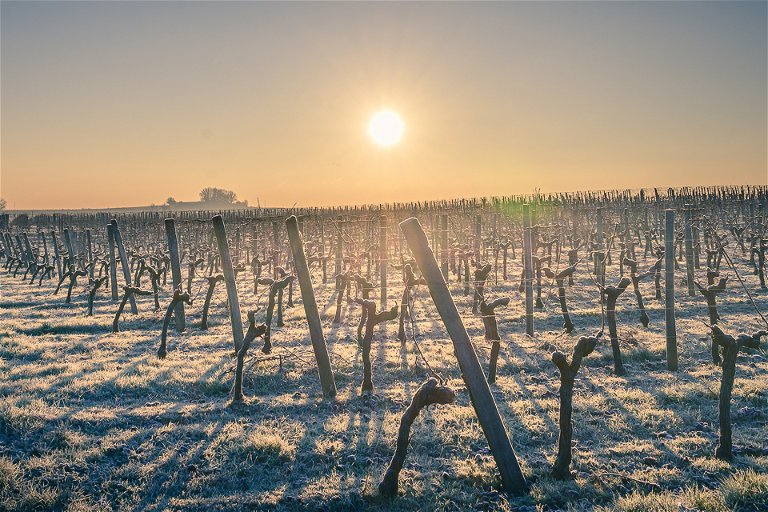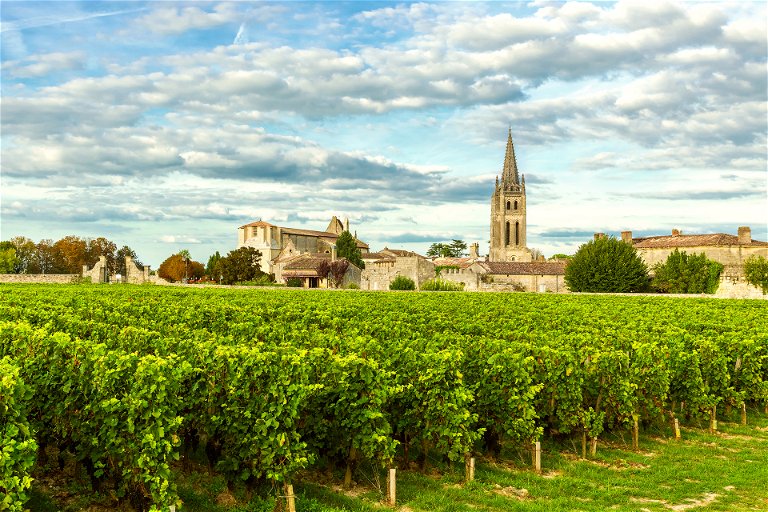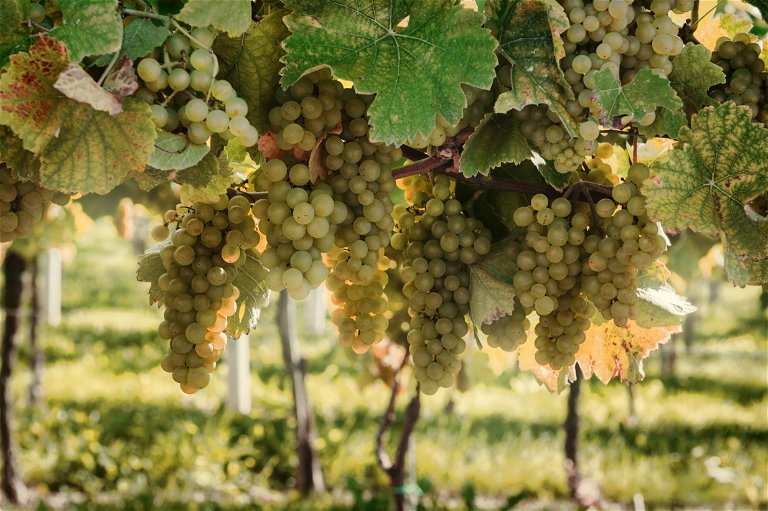Bordeaux´s white past
The unknown history of Bordeaux – and why dry whites are coming back into focus in the UK.
What’s the colour of Bordeaux? Red of course - Claret red. But it hasn’t always been that way…
When we think of Bordeaux, we think of red, and indeed today, only a small percentage of Bordeaux’s wine production is white. But back in the 1950s, things were very different – until a huge frost in 1956, the majority of Bordeaux’s plantings were white.
In the popular imagination, Bordeaux’s Gironde estuary runs red all the way down to the sea: Claret red, to be precise. And with Merlot-dominated shores to the east and the spiritual home of Cabernet Sauvignon to the west, it’s not hard to see why. The most revered châteaux here, the famous First Growths of the left bank, and the Premiers Grands Crus Classés of the right have all but perfected the art of the elegant red blend. Whisper these names - Latour, Margaux, Haut-Brion, Ausone, Cheval Blanc – together with their top-ranking neighbours, they have come to virtually define a particular style and colour of wine synonymous with the Bordeaux name.
And yet things weren’t always this way - turn the clock back a little over fifty years, and this landscape was dominated by white grapes. Just a couple of generations back, white winemaking was most definitely the flavour of the day. Bordeaux’s classic white grapes, the grassy and high-acid Sauvignon Blanc, its softer blending partner Sémillon, and the floral Muscadelle can produce both dry whites of great distinction and some of the most famous sweet wines in the world under the AOCs Sauternes and Barsac - so what happened to shift attention and planting so far in favour of red wine?

The original mother of invention…weather
It was a cataclysmic weather event that started the shift in Bordeaux’s production. In 1956 a severe frost devasted the land on both banks of the river, so severe that entire vineyards were lost. Not to be defeated, however, the enterprising Bordelais took the opportunity to pull out large areas of vines and replant them with grape varieties more suited to their unique terroir. This meant that a considerable number of vineyards moved to red wine production; those who had struggled with the quality of their whites were now able to plant more suitable black alternatives. Since then, white production has continued to fall, standing at just over 10% of the region’s output.
But it was not just white varieties that were affected; the frost also changed the landscape for black varieties. Local plantings of Malbec for example, already struggling in the aftermath of the Phylloxera epidemic, were significantly impacted. When the frosts subsided, they were largely replaced with varieties like the Cabernet Sauvignon and Merlot dominant today. What emerged from the icy ruins of 1956 was a decidedly different wine landscape – red predominantly, and differently red too.

Will climate change force another radical shift?
Frost remains an ever-present danger in Bordeaux – the right bank’s disastrous 1991 vintage and 2017’s lowest yield in 25 years are testaments to that. Add to this the general rise in severe weather events reported by the UN’s Intergovernmental Panel on Climate Change, together with the ongoing effects of catastrophes like 2022’s forest fires, and it seems certain that more change is coming.
Bordeaux’s vignerons aren’t resting on their laurels: supported by huge research investment from the CIVB, Bordeaux’s Wine Council, there has been a marked rise in sustainable viticulture in the area, and the region’s grape varieties are once again under the microscope. Merlot, for example, is an early to mid-ripening variety, in effect not needing as much sunlight as some varieties to reach peak ripeness. With warmer growing seasons on the horizon, Bordeaux is beginning to look elsewhere for the stars of the future. In 2021, six new varieties were approved for Bordeaux blends, chosen specifically for their ability to withstand climate changes as well as uphold the identity and quality of the region. Currently restricted to a small fraction of any blend, there are four new red varieties on offer and two whites - including Iberian royalty Touriga Nacional and Alvarinho/Albariño - suggesting that red’s dominance is unlikely to change any time soon.

White production today – small but perfectly formed
Despite being small in percentage terms, around 70 million bottles of Bordeaux white are produced each year. That’s still a lot of wine. An increasing focus on quality hasn’t been lost on the UK consumer nor the clever folk at the CIVB either. Speaking at their 2020 Annual Business Briefing, Magali Dubeau, analyst at the CIVB’s Economics Department, noted that
“Following sustained promotion of dry white wines over the past four years, exports of Bordeaux white wines to the UK are on the rise – up by 11.5% in volume from September 2019 to September 2020…it is the first time the UK has been the top export market for dry whites.”
So it seems Bordeaux’s dry whites are coming back into focus, even in the home of the traditional Claret drinker - the UK. Increasingly dominated by Sauvignon Blanc’s freshness, they are cleverly being positioned to appeal to a modern consumer. As Julie Rambaud Texier, Marketing Director at the CIVB, clarifies, “Our strategy is now to really anchor Bordeaux in people’s lives…this approach has worked particularly well for dry whites which are more lifestyle focused than the traditional big reds that Bordeaux is best known for.”
Styles to explore
There’s a range of styles to explore in this world of Bordeaux whites. Most are for early drinking - generic Bordeaux AOC or those from Entre-deux-Mers - but look to appellations like Pessac-Léognan for complexity and ageing potential. For those with a few hundred Euros to spare, Bordeaux’s red heartlands even provide the odd, super-premium surprise. There you will find a small and exclusive stable of whites amongst their illustrious red cousins: Château Margaux’s grand Pavillon Blanc is 100% Sauvignon Blanc, or relative newcomer (1991) Mouton-Rothschild’s Aile d’Argent, an elegant and complex white blend.
So next time you consider the colour of Bordeaux, remember that the Gironde flows white as well as red. And where the two streams merge, there’s even the odd splash of Rosé…but that’s a story for another day.

